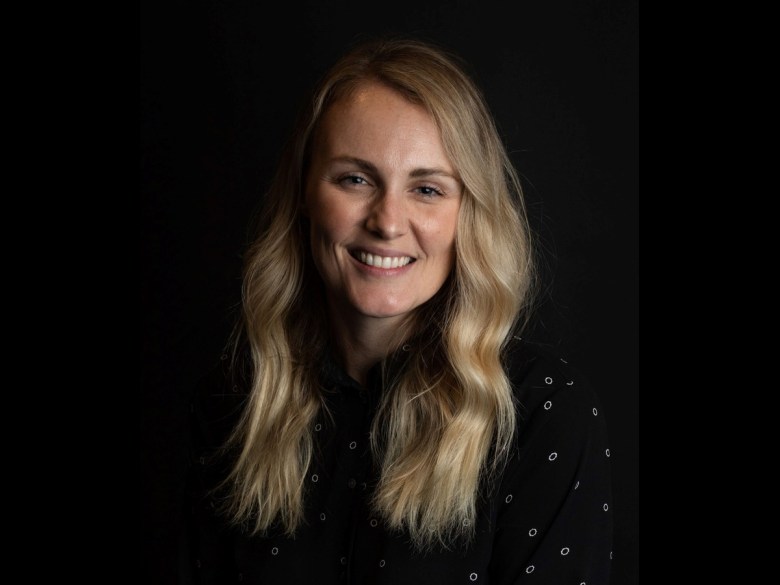Publicis Groupe ANZ has taken the first step on the path to becoming a disability confident employer.
The media and communications agency group recently launched its inaugural Disability Access and Inclusion Plan. Developed in partnership with the Australian Disability Network (ADN), the plan is based on an extensive feedback process with people with disabilities, according to Head of DE& I at Publicis Groupe ANZ, Jessica Farrell.
She said it was high time for the company to develop a disability-specific plan, given the number of staff who had identified as having a disability or being related to someone who does; around five per cent of its workforce identifies as having a disability.
“We felt like it would be remiss of us not to look at becoming a more disability confident employer,” she said.
The first step in the process was to launch the company’s employee resource group for staff with disabilities, EnABLE, in the Australia-New Zealand arm of the business. From there, Publicis Groupe reached out to ADN and asked for further assistance in developing the plan. Next, Publicis held a series of employee interviews with departments and stakeholders, and conducted an internal survey of all employees across its Australia-New Zealand business to find out what they thought was important in the disability space. AND then facilitated a focus group discussion with the EnABLE employee resource group, asking for thoughts on what the plan should focus on.
Key to the development of the Disability Access and Inclusion Plan was buy-in from senior leadership. Jessica said she engaged with the executive leadership team and the plan’s executive sponsor, Jason Tonelli, CEO of Zenith, who also identifies as having a disability.
Once the plan was drafted, she took it back to the EnABLE committee for further input and guidance.
Jessica said the plan features four different frameworks: commitment, culture, communications, and community. Commitment represents the organisation’s commitment to the plan, and includes things like making sure it is fully resourced to enact the plan. Culture refers to “recognising and eliminating attitudinal barriers” within the organisation, including in recruitment, training for managers, and workplace adjustments for staff. Communications covers whether business communications – including the website, advertisements and other forms of communication – are accessible and inclusive. Finally, community looks at how the company can improve the accessibility of its physical spaces and the inclusiveness of its work arrangements.
Jessica said the plan is set to run until 2026 and is likely to be expanded and developed further over time.
“Ultimately what we plan to do is continue to review and monitor it,” she said, adding the company will rate itself against ADN’s Access and Inclusion Index to determine improvements.
Shared journey
Corene Strauss, CEO of ADN, said helping organisations build a disability action plan is a key area of work for the not for profit. She said these plans help organisations to measure and manage their commitment to inclusion for all staff.
“Disability and inclusion action plans are core to an organisation’s success… the absolute start of a great disability inclusion journey is building your action plan because it builds commitment,” she said.
When partnering with an organisation to help it build a disability inclusion plan, Corene said ADN starts by looking at the organisation’s commitment from the top down and its current recruitment practices and workplace adjustment policies and procedures.
A particular area of focus is on the career pathway available for people with disability, who “also have desires to accelerate their careers and be included in promotions”, she said.
ADN also considers physical and digital accessibility of workplaces and how this can be improved if it isn’t up to scratch.
At every stage, the plan should have benchmarks and milestones to work towards, she said.
Any disability action plan should also be crafted with the involvement of staff with disabilities.
“You’d be surprised how many organisations have people with disability but don’t actually have a disability employee network where they can be supported, or where they can support and provide advice to management around how they can be more inclusive and accessible,” Corene said.
“That’s the first thing you want to do, is find out if you have employees with disability and whether you can establish what we call a DEN, a disability employee network, for people with disability, and then consult with them and say, well, what are the areas that we need to improve, and then talk to employees to get a level of understanding of what their disability confidence is.”
She said there has been an increased focus on disability and inclusion in workplaces recently, and believes that employers are “really trying and wanting to be more inclusive, but they just don’t know how”.
Corene said employers could learn from each other on what works – something that ADN facilitates by providing a safe space for the organisations to come together.
She hopes that Publicis Groupe’s public commitment to accessibility will encourage other organisations to “come forward and write their own disability action plan”.
“It’s a shared journey to build a more inclusive Australia,” she said.

